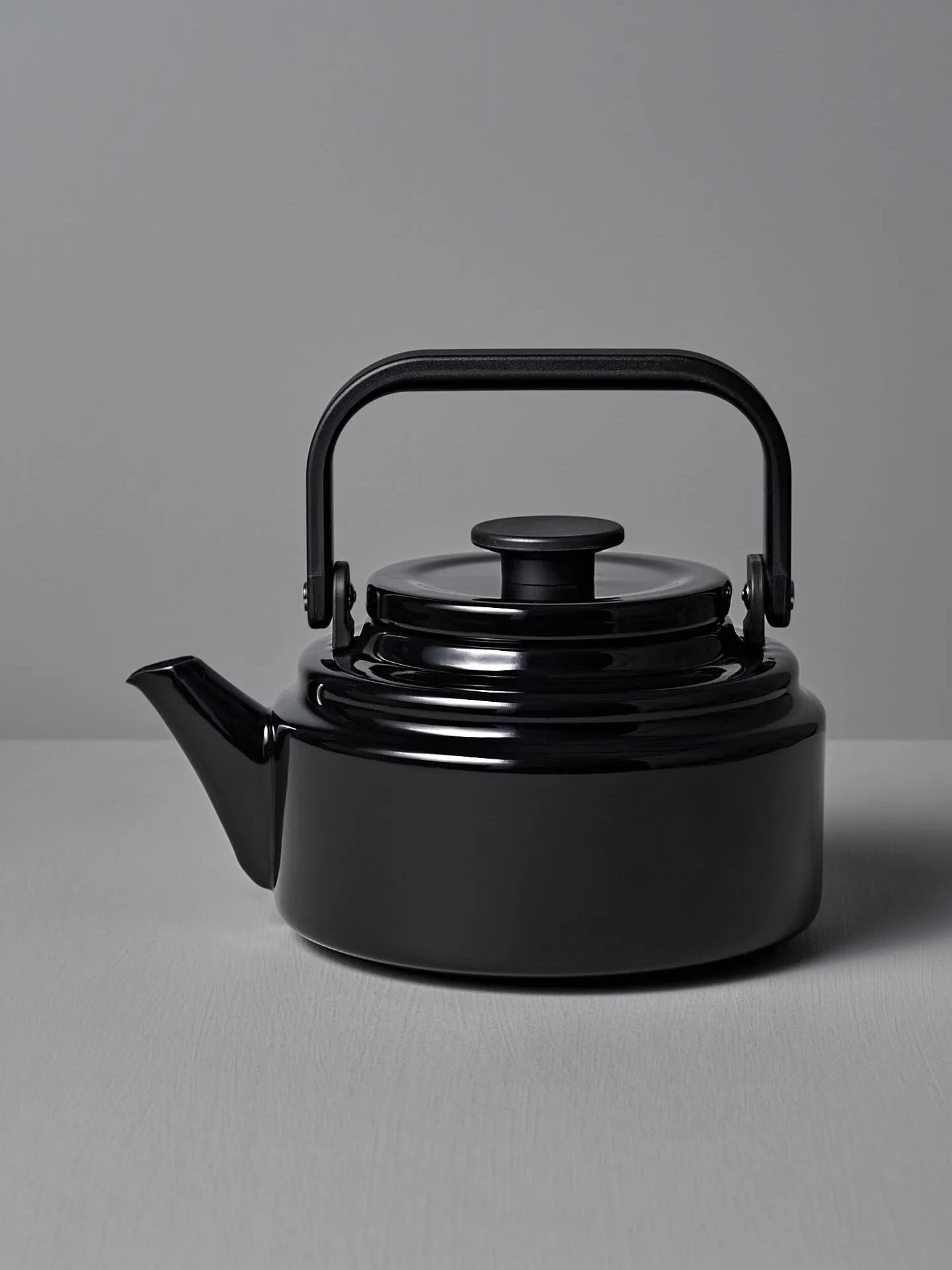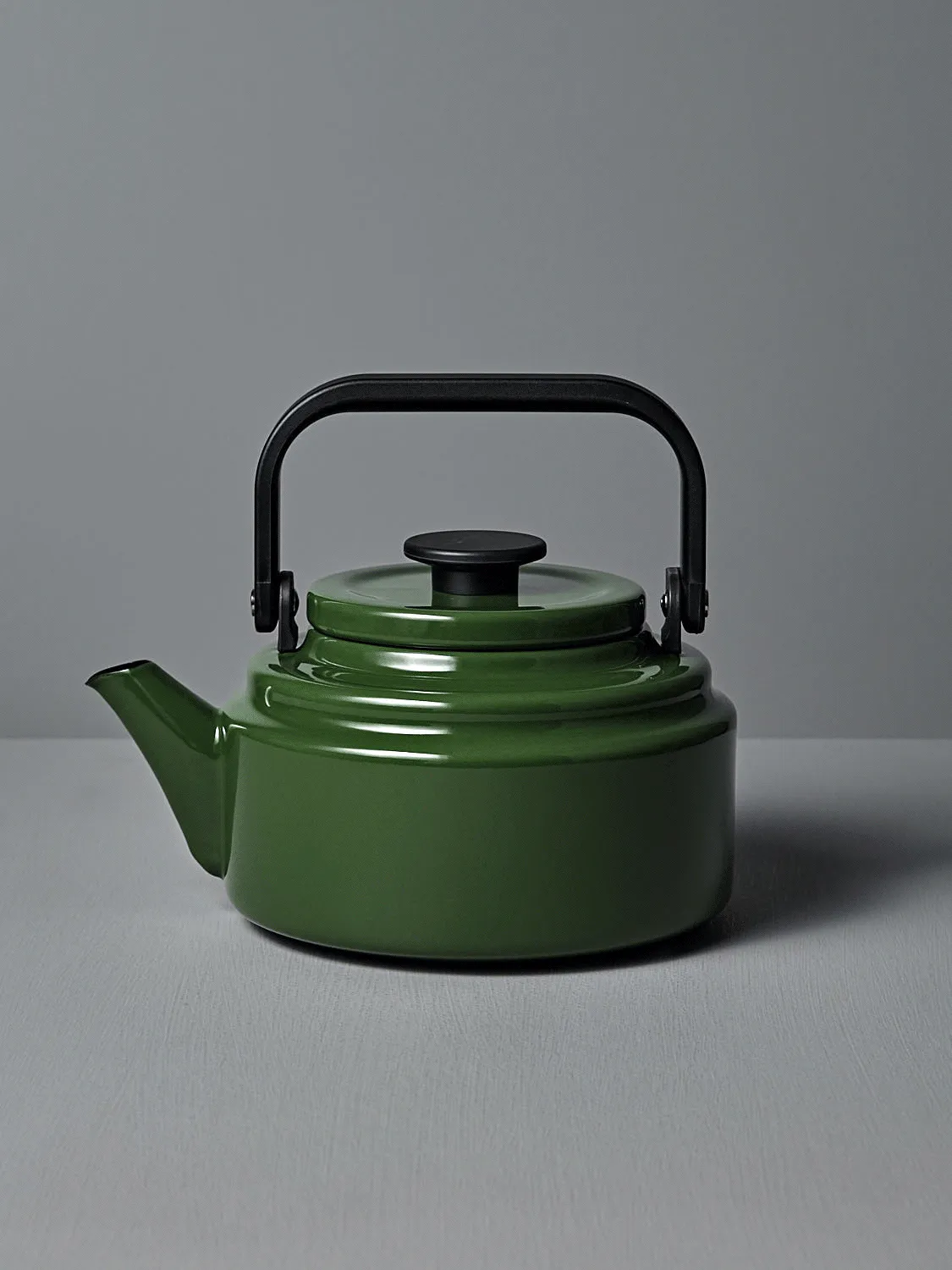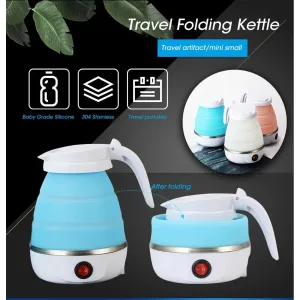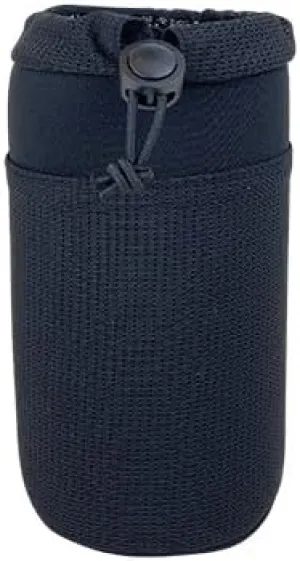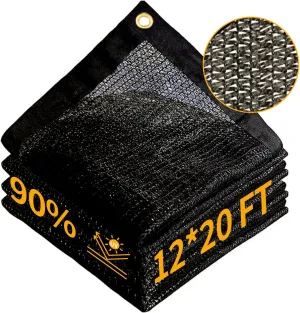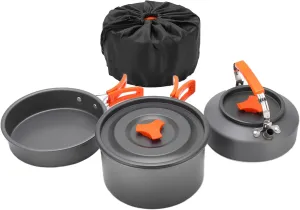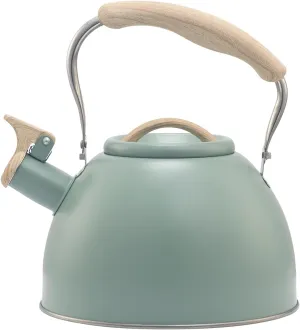Designed by Japanese product designer Fumie Shibata, the Noda Horo Amu stove-top kettle is sturdy and practical with an enduring manner. A staple fixture in Japanese kitchens, in part due to the food safety qualities of enamelware. An excellent conductor of heat, the kettle is suitable for induction, gas or electric cooktops. The enamel surface is easy-to-clean, durable and long-lasting. It features a sturdy handle and a large pointed spout that allows for easy handling.
⋄ designed by Fumie Shibata
⋄ Made in Japan by Noda Horo
⋄ Body: Enamelled steel plate
⋄ Handle & lid knob: phenol resin
⋄ 2ℓ water capacity
⋄ H 195𝗆𝗆 × W 230𝗆𝗆 (inc.spout) × Ø 182𝗆𝗆
⋄ 1㎏ (empty)
⋄ Packaged in an individual box for gifting
Care:
⋄ Always fill kettle with water before heating.
⋄ Induction hob: medium-high power setting (6/7 setting), anything over this can severely damage the enamel.
⋄ Gas hobs: use medium to medium-high heat (no higher).
⋄ Keep the flame directly under the kettle base, not licking up the sides. Keep the handle upright to prevent accidental contact with flames, especially when using multiple burners.
⋄ Always use the lid while heating. The stopper placement prevents it from falling when tilting.
⋄ Empty the kettle after each use and leave it to dry completely, especially if storing it for more than a day or so.
⋄ Never heat the kettle without water inside or let boil dry.
Prevent Enamel Cracking:
⋄ Avoid sudden temperature changes. Let your kettle cool before refilling with cold water - the kettle is made of steel, which expands and contracts more with heat compared to the glass-like enamel coating. These differing rates can cause stress on the enamel, leading to cracks or crazing (fine hairline cracks).
Slight rust stains may appear:
Due to the manufacturing process, some areas of the iron plate, particularly the edges and the kettle's inner spout, are unglazed. These unglazed areas are susceptible to rust if left wet. This is normal and harmless. To prevent rust, leave the kettle to dry after use and especially before long-term storage.
You might find slight unevenness or tiny black dots on the enamel surface. These are a result of the handmade process and add to the kettle's unique character.

